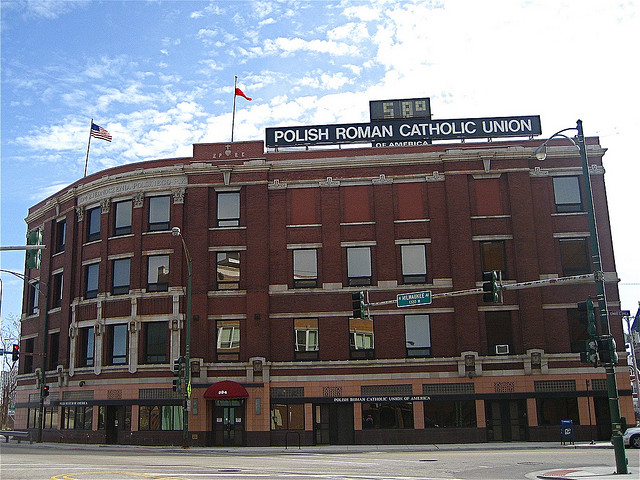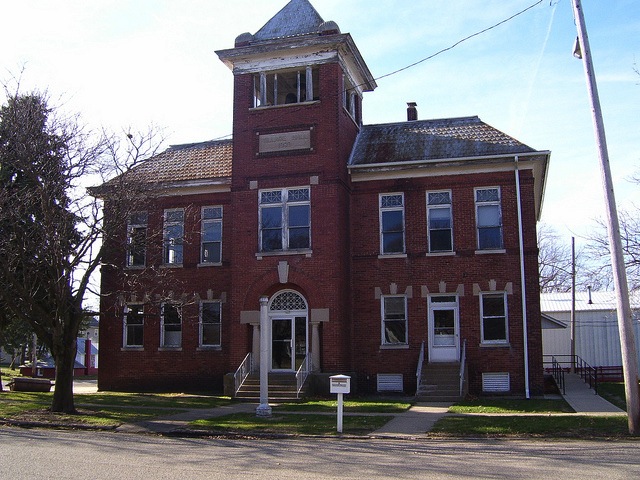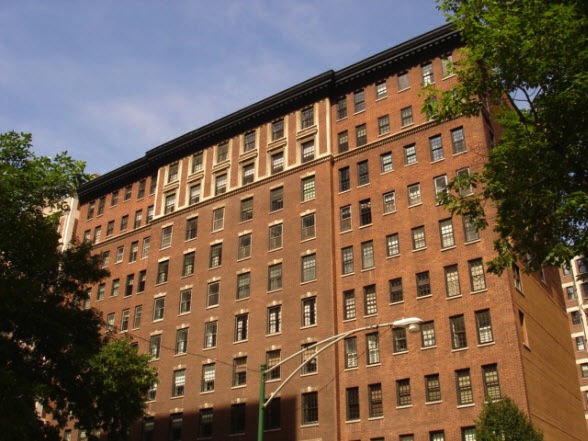Four Illinois Buildings Added To National Register Of Historic Places
By Amy Cavanaugh in News on Feb 10, 2013 7:00PM
Last week the Illinois Historic Preservation Agency added four buildings—three in Chicago—to the National Register of Historic Places.
The buildings added to the list are the 1920 Neuville apartment building in Streeterville, which is an early example of luxury apartment buildings; the Polish Roman Catholic Union of America Building in Chicago, which is home to the organization and the Polish Museum of America; the Vesta Accumulator Company Building, which was built in 1913 and specialized in making batteries, lights and other electric devices for cars; and the Revival-style Sheffield Village Hall in Bureau County, which was built in 1910.
The LaSalle News Tribune wrote about the story behind Sheffield Village Hall.
Sheffield resident and food pantry operator Mary Lanham described it as “It’s a beautiful building. It does need some repair and some updating. It’s a beautiful building sitting in a beautiful location on Main Street."
Mary Ann Cernovich was the leader in getting the building recognized, a process that took four years.
“I was on the village board and there had been some discussion about upkeep of the building, maintenance of the building; would we have to tear it down?” Cernovich said.She said the village hall was erected as the railroad, coal mining and the brickyard had the town growing, and for several years before that, meetings were in commissioners’ homes. Through the years the village hall housed two jail cells (still intact), the fire station, an early telephone office and a courtroom. An old vault still is preserved and houses early village meeting minutes as well as the original plans and specifications for the village hall.
The most famous thing about the building is the architect, George F. Barber.
“He’s a renowned architect primarily for Victorian Queen Anne-style homes,” Cernovich said. He designed many in DeKalb and then moved to Knoxville, Tenn. “This is one of very, very few municipal buildings he designed. It was really quite unusual for this architect to design anything outside of homes.”



